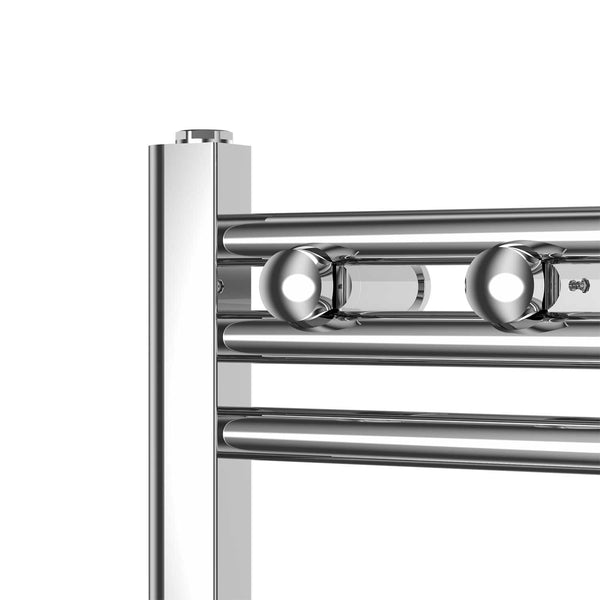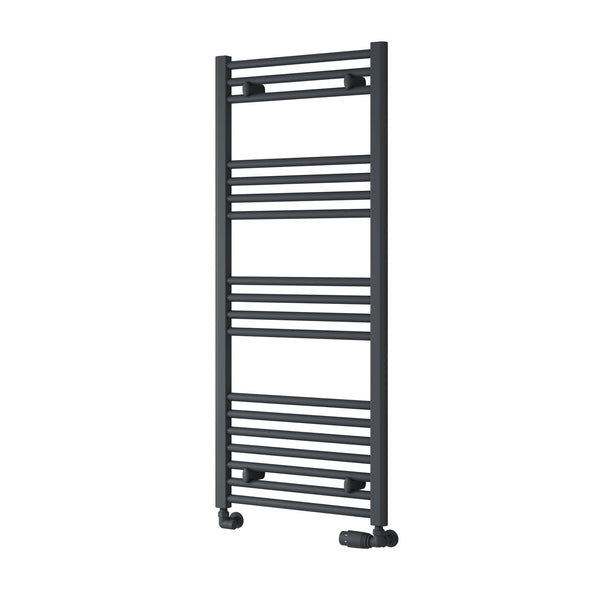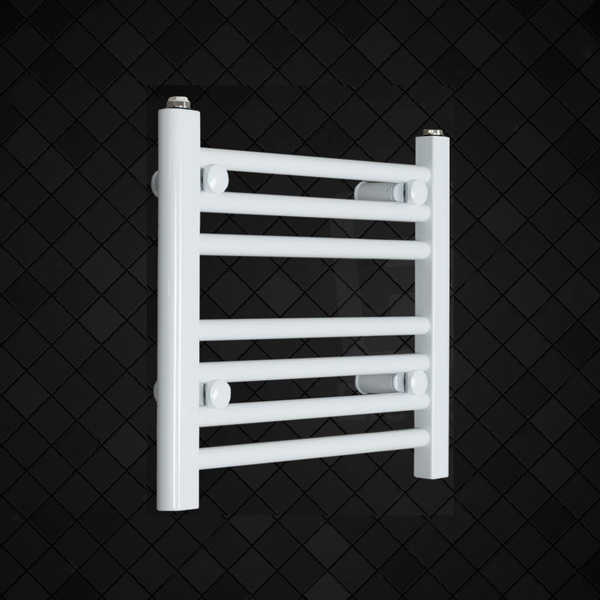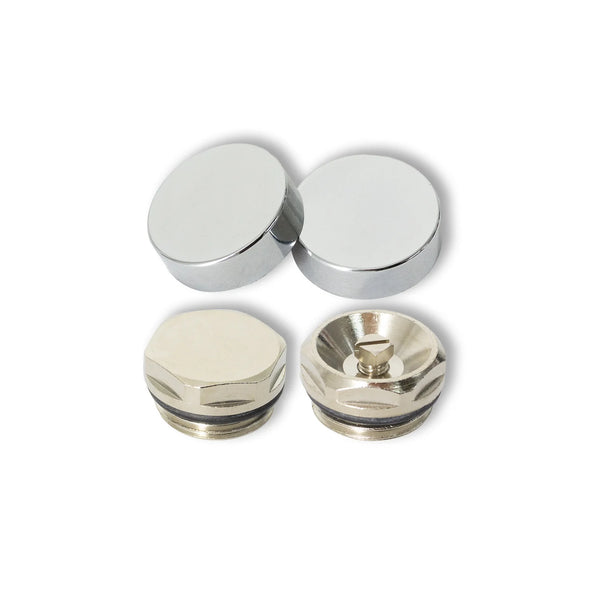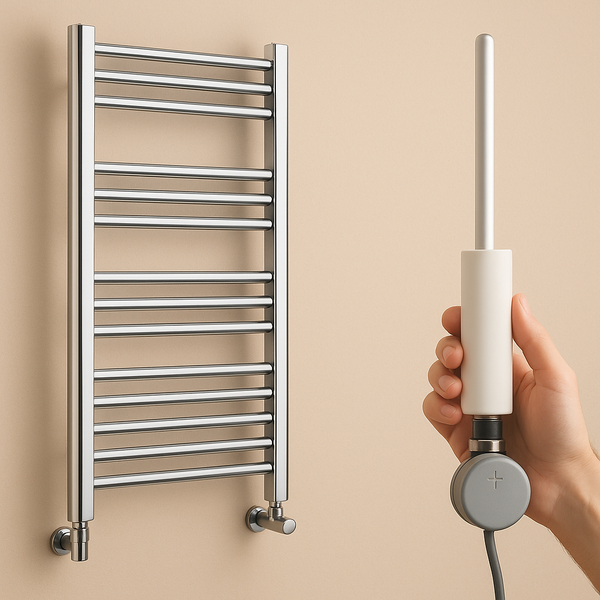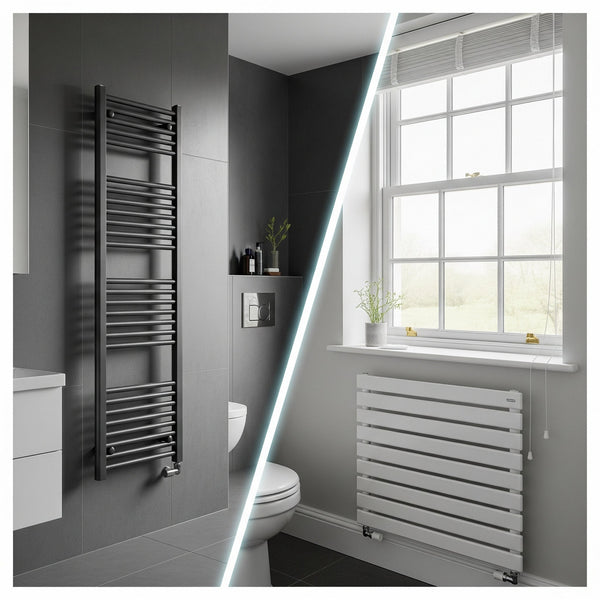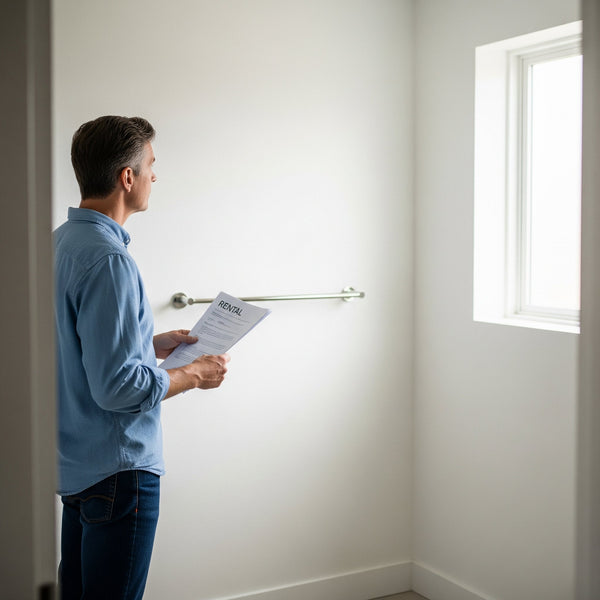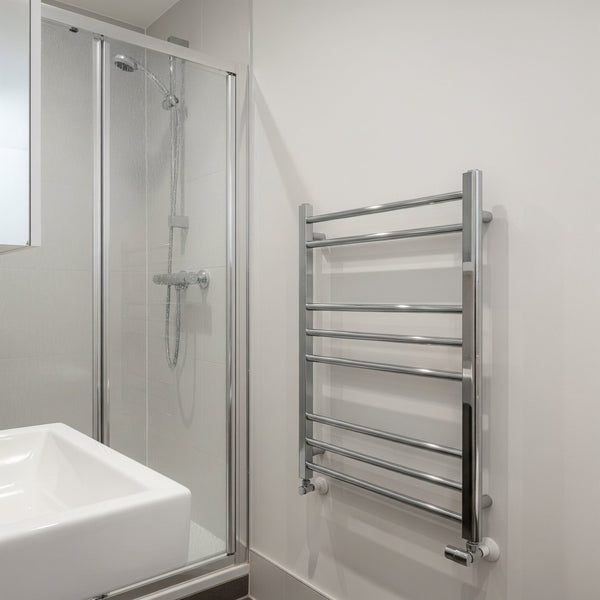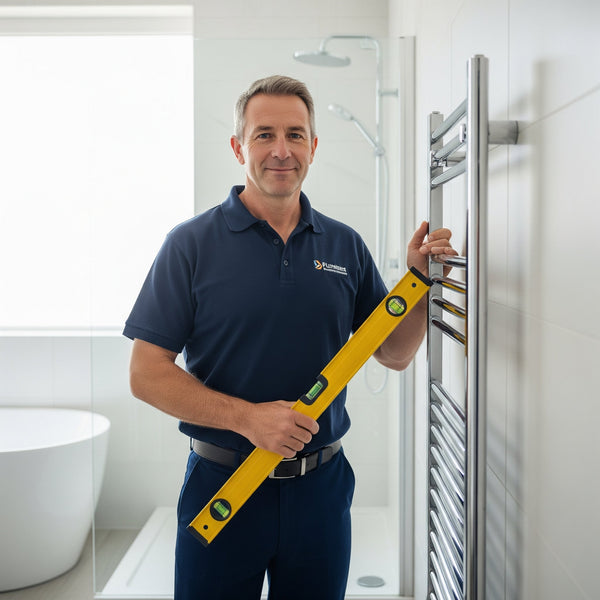How to Safely Mount a Heated Towel Rail on a Plasterboard Wall
So, you’ve chosen the perfect heated towel rail from our collection at Companyblue. You can already imagine those warm, fluffy towels waiting for you. But there’s one common hurdle that many UK homeowners face: the plasterboard wall. Unlike solid brick or block walls, plasterboard (or drywall) cannot support heavy items like a water-filled towel rail with standard wall plugs alone. A secure installation is not just about keeping the rail on the wall; it’s about safety.
The good news is that mounting a towel rail on plasterboard is entirely possible and safe when done correctly. This guide will walk you through the essential techniques, from locating structural supports to choosing the right heavy-duty fixings, ensuring your beautiful new towel rail stays firmly and safely in place for years to come.
Safety First: This guide is for informational purposes. The weight of a towel rail, especially when filled with water and covered in wet towels, is significant. If you have any doubts about the integrity of your wall or your ability to achieve a secure fixing, we strongly recommend hiring an experienced DIY professional or a qualified tradesperson.
Why Plasterboard Needs Special Attention
Plasterboard is essentially a layer of gypsum plaster sandwiched between two sheets of paper. It's great for creating smooth walls quickly but has very little structural strength on its own. Drilling a hole and using a standard plastic wall plug will only anchor into this soft gypsum core, which will easily crumble and pull out under the weight of a towel rail.
The secret to a secure fixing is to bypass the weak plasterboard and anchor your towel rail to something solid behind it.
The Golden Rule: Find the Studs
The most secure way to mount anything heavy on a plasterboard wall is to fix it directly into the vertical wooden studs (or metal frame) that form the wall's structure. These studs are the hidden skeleton of your wall.
How to Locate Studs:
- Use a Stud Finder: This is the easiest and most reliable method. An electronic stud finder is an affordable tool that beeps or flashes when it detects the denser material of a stud behind the plasterboard.
- The Tap Test: Gently tap along the wall with your knuckle. You will hear a hollow sound over the empty cavities and a duller, more solid thud when you tap over a stud.
- Check for Sockets and Switches: Electrical boxes are almost always attached to the side of a stud. So, there is likely a stud on one side of any light switch or power socket.
- Standard Spacing: In the UK, studs are typically spaced 400mm or 600mm apart (centre to centre). Once you find one, you can often measure across to find the next.
Once you've located the studs, mark their positions. If the bracket locations for your towel rail align perfectly with two or more studs, you're in luck! You can simply use long wood screws to fix directly into them.
When You Can't Hit a Stud: Choosing the Right Fixings
Often, the ideal position for your towel rail won't align perfectly with the wall studs. In this case, you must use specialised heavy-duty plasterboard fixings designed to distribute the weight over a wider area. Standard plastic or self-drive plasterboard plugs are NOT suitable.
Your Best Options for Heavy-Duty Fixings:
- Toggle Bolts (Spring Toggles): These have spring-loaded "wings" that fold to go through a drilled hole and then open up flat against the back of the plasterboard. As you tighten the bolt, the wing pulls tight against the inside of the wall, creating a very strong anchor.
- Hollow Wall Anchors (Molly Bolts): These are clever metal fixings. As you tighten the screw, the sleeve on the back expands and concertinas, gripping a wide area of the plasterboard from behind.
- GripIt® Fixings: A popular and modern option, these circular fixings have wings that open out behind the plasterboard to provide a secure hold and distribute weight effectively. They come in different colours rated for different weights. Always choose one rated well above the total weight of your rail.
A Note on "Dot and Dab" Walls
Many modern UK homes have walls constructed using the "dot and dab" method, where the plasterboard is bonded to a block wall behind it with dabs of adhesive. This creates a small, irregular gap between the plasterboard and the solid wall.
This gap makes standard fixings ineffective. If you try to tighten a screw, you risk pulling the plasterboard into the void and cracking it. For these walls, you need specialised "dot and dab" wall fixings. These have a long tube that bridges the gap, allowing the screw to anchor securely into the blockwork behind while supporting the plasterboard.
Step-by-Step Installation Guide
- Plan & Mark: Decide on the final position of your towel rail. Use a spirit level to hold it in place and mark the exact positions for the mounting brackets.
- Locate Supports: Use your stud finder at the marked bracket locations. If you hit a stud, mark it clearly. If not, you will be using plasterboard fixings.
- Drill Pilot Holes: For fixing into studs, drill a small pilot hole for your screw. For plasterboard fixings, drill a hole of the correct size as specified in the fixing's instructions. Be careful not to drill into any pipes or cables.
- Install Fixings: If fixing into studs, you're ready to mount. If using plasterboard fixings, insert them into the holes now (e.g., push the toggle bolt through, set the hollow wall anchor).
- Mount the Brackets: Securely screw the towel rail's mounting brackets to the wall, either into the studs or into your heavy-duty fixings. Wiggle them to ensure they are completely solid.
- Hang the Towel Rail: With the brackets secure, mount your towel rail and tighten any locking screws as per the manufacturer's instructions.
Plasterboard Installation FAQ
Here are our answers to the most common questions about mounting on plasterboard.
How much weight can a plasterboard wall actually hold?
By itself, very little. The load-bearing capacity depends entirely on the type of fixing used. A single heavy-duty fixing like a toggle bolt or GripIt® can hold upwards of 70kg in standard plasterboard, but it's essential to use multiple fixings and check the manufacturer's specific rating. Always over-estimate the weight of your rail (including water and wet towels).
What are the best fixings for "dot and dab" walls?
You must use fixings specifically designed for dot and dab walls. Brands like Corefix or Rawlplug offer solutions with a long plastic tube and a steel core. These bridge the gap between the plasterboard and the blockwork, preventing you from cracking the board when you tighten the screw and ensuring a solid anchor in the wall behind.
Can't I just use lots of standard plastic wall plugs?
No, this is extremely unsafe. Standard plugs are designed for light-duty items (like picture frames) and work by expanding in a solid material. In plasterboard's soft core, they offer no real grip and will pull out easily under the sustained, heavy load of a towel rail, causing the rail to fall.
If I manage to fix into one stud, do I still need special fixings?
Yes. For a towel rail, you need at least two secure anchor points per bracket, and ideally, all brackets should be secure. If one side of the rail is fixed to a stud, you must use appropriate heavy-duty plasterboard fixings (like toggle bolts) for the other side. A single stud fixing is not enough to prevent the rail from pivoting and ripping out the other, weaker fixings.
What is the easiest tool for finding wooden studs?
An electronic stud finder is by far the easiest and most accurate tool. They are relatively inexpensive and simple to use. You slide it across the wall, and it will light up or beep when it detects the dense wood of the stud, saving you from having to drill multiple exploratory holes.
